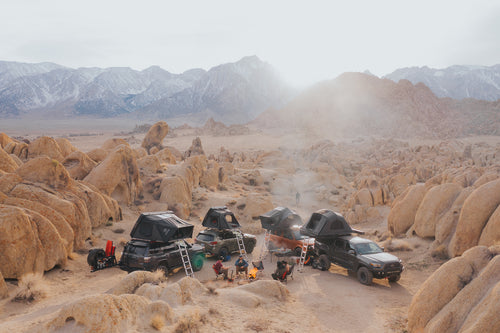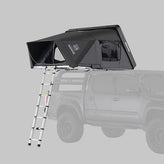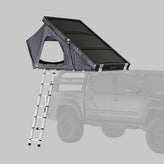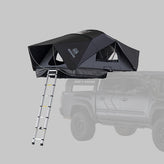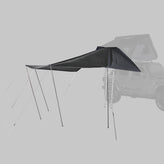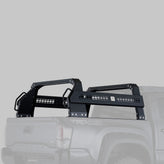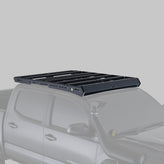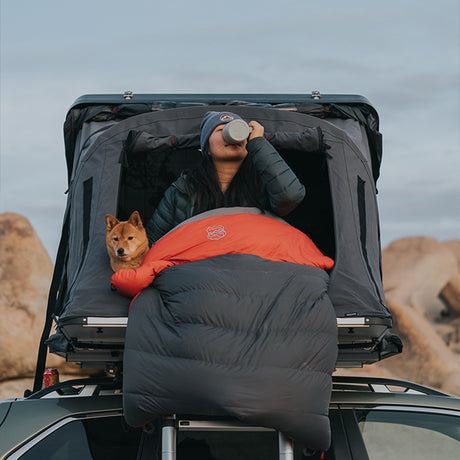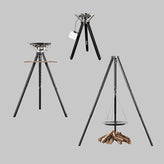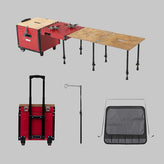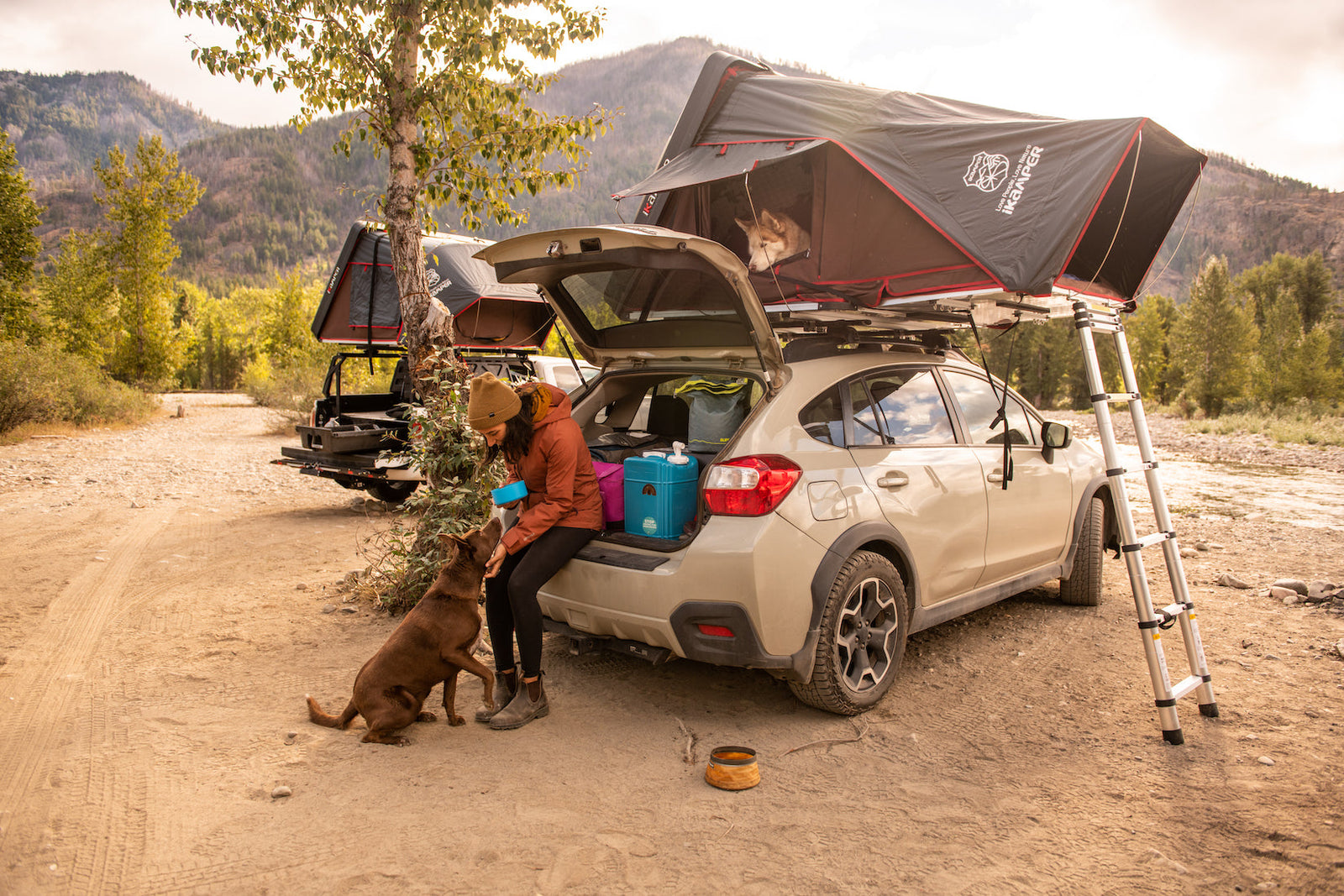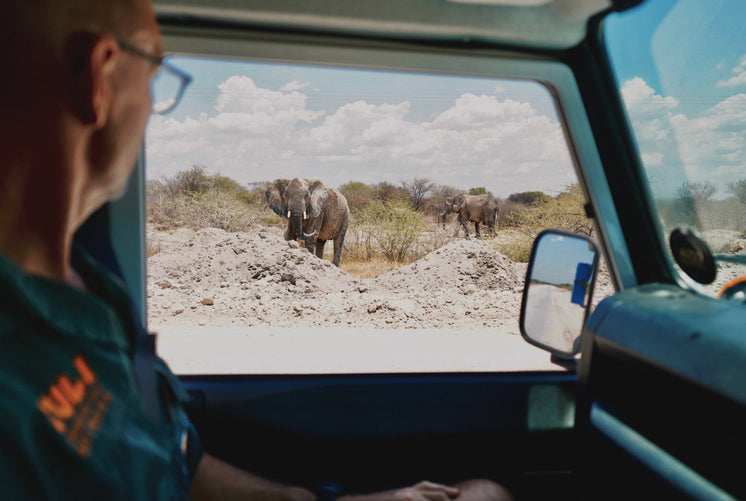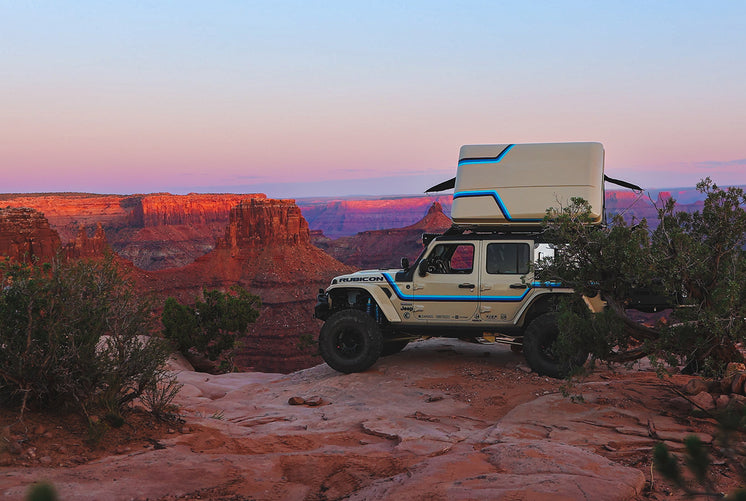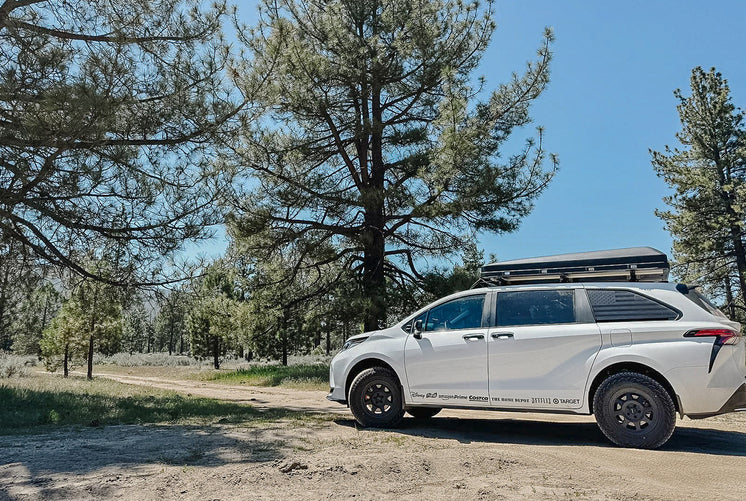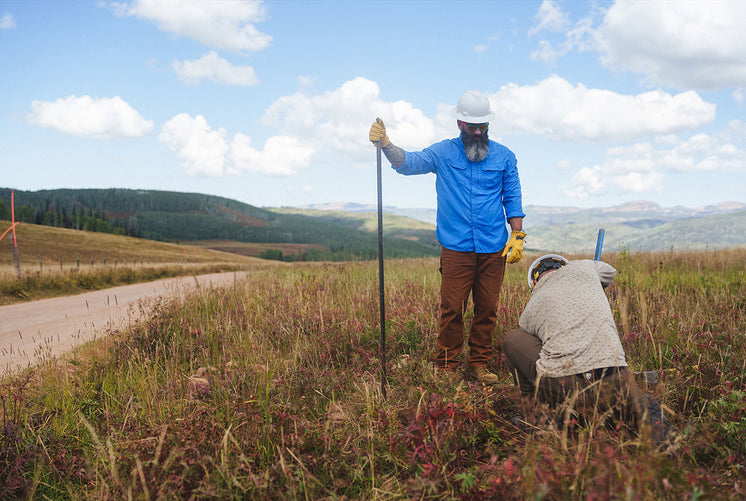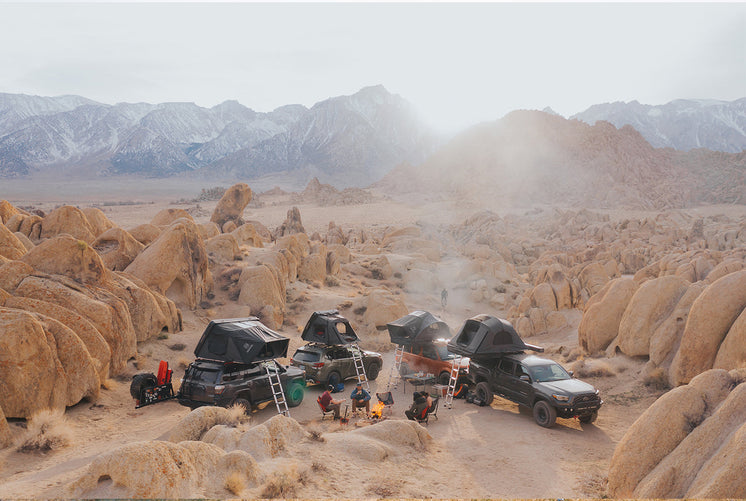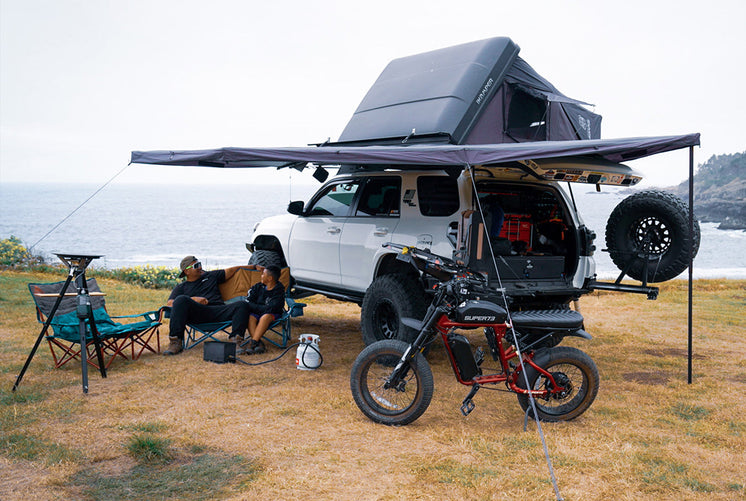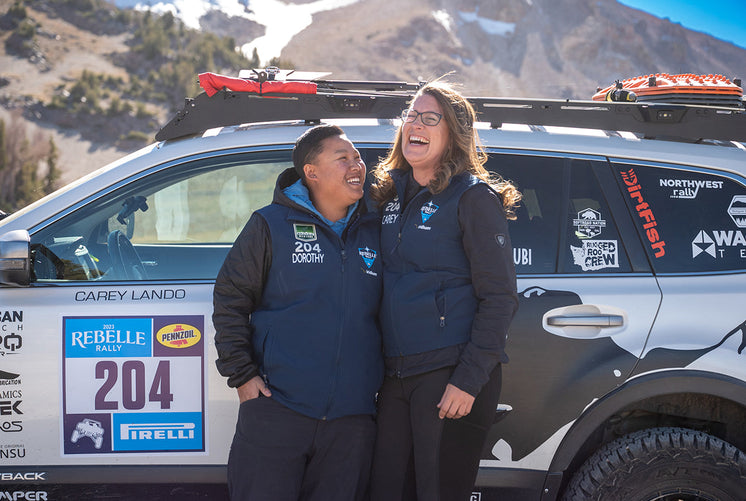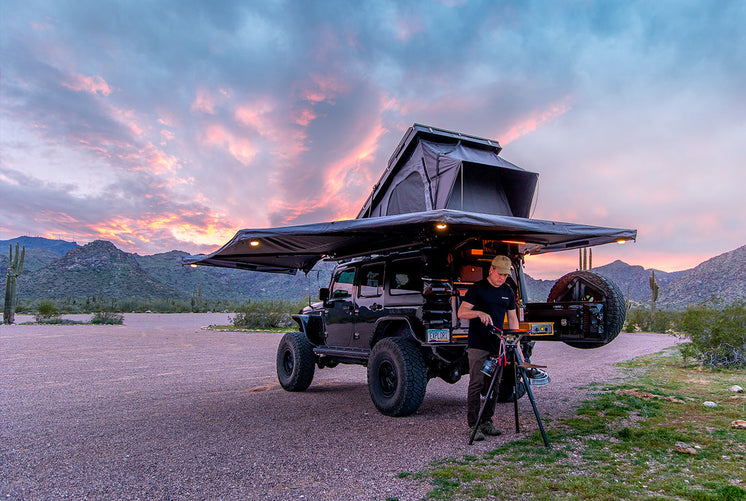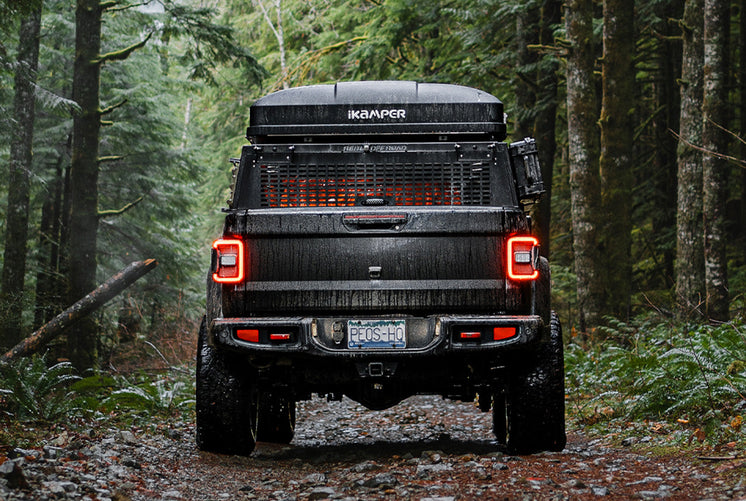Are We There Yet? How to Find Campsites
You’re ready to hit the road and soak up all the nature-y goodness the great outdoors has to offer. So where do you go? Thankfully, there’s no shortage of options.
In this article, we'll break down how to navigate roof top tent camping in national parks, how to find free campsites, and the difference between developed campgrounds and dispersed camping.
We even have an exclusive offer for an app that helps you find campsites, trails, and more.


Developed Campgrounds
Legend has it that if you wait for a full moon two years before you plan to camp, you might just discover an open reservation at your favorite national park. Okay, it’s not that dramatic, but it can feel like these landmark locations are fully booked at all times. There are waiting lists if you’re feeling lucky, we just don’t recommend holding your breath. Many state and national parks are experiencing record levels of attendance. Don't get discouraged!
If your heart is set on taking a scenic drive into the national park of your dreams, parking at an established campsite, and basking in the view from your rooftop tent, here’s what we recommend:
Research the Park
- Recreation.gov and NPS.gov are great places to start camping in national parks and national forest land. Local, state parks may have their own sites as well.
- Some have separate campsites for tent camping and for vehicle campers like RVs or trailers. Be sure you know what the expectations are for roof top tents at a specific park before you commit to a reservation. If it’s unclear on their website, a call to the ranger station or visitor center will straighten it out.
Fees and Cancellation Policies
- Many national parks and state parks have camping fees if you plan to stay overnight. Whether you need to change your plans, or the park closes due to wildfires, flooding, or other emergency conditions. Life happens. You want to understand what’s refundable, and what’s not.
Have a Backup Plan
- Many parks forgo advance reservations and leave it all to chance - how old-fashioned, right? If you don’t show up early enough for one of the First Come, First Served campsites, be prepared with a backup plan, or two. We cannot overstate how important it is to arrive early.


Dispersed Camping
If you are looking for free camping areas, then this is the section to pay attention to! If you haven’t felt the urge to hop in your vehicle to find little-known campsites, there’s no better time. It can be daunting for the uninitiated, but your bravery will be rewarded.
There are tradeoffs when it comes to free camping on publicly managed lands. This is sometimes called primitive camping because you won’t have amenities like electricity, water hookups, trashcans, or latrines. You also might be out of range for cell service. But there will be privacy, spectacular scenery, and freedom from distraction. Here’s what you need to know:
Land Management
- There are multiple agencies that oversee public lands from state to state: both State and National Forest services, the US Fish and Wildlife Service, local Wildlife Management services, and the Bureau of Land Management (BLM).
- Each agency manages public lands differently. While they all offer dispersed camping, there are different rules for where you can set up your campsite. You may need to stay a certain distance off of a roadway or water source.
Ask The Important Questions
- Are there fire bans? Are areas closed? A quick search may give you the answers - even a call to the local rangers. A ranger may even give you directions to find a free camping area. Don’t be reckless. The rules keep us safe and protect the land for future use.
Plan Your Route
- Resources like onX Offroad help you map the journey to find free camping, allow you to identify the boundaries of public lands, and appropriate places to set up camp. We have an exclusive trial offer for onX to make your next adventure that much smoother. When researching destinations, we often use onX in combination with resources like The Dyrt, Gaia, iOverlander, or Google Maps to cross-reference data for a complete picture.
- Download your maps for offline use.
- We’d even recommend packing a traditional map in case you lose cell service or run low on battery.
- Even though a road is marked on a map, it isn’t necessarily passable. There may also be road closures from downed trees and rockslides.
Pack Out What You Pack In
- Everything. Not just your trash, but also your biowaste. This is the less glamorous part of dispersed camping. It’s even less glamorous when campsites become contaminated. Whether you take the cat hole approach or choose to utilize camp hygiene products, keeping public lands safe requires the proper disposal of human waste.
- Go a step beyond! Pack out what others have left behind. Bring an extra trash bag on your next camping trip and you will likely be able to fill it up with the previous camper's junk...unfortunately.
Stay On the Trail
- Dispersed camping does not mean camping wherever you like. The misuse of public lands results in closures. It is essential to stay on the established trails. Do not make new roads or paths in undeveloped areas. Most free camping areas will be easy to spot. Although they aren't marked, you will see signs of previous use. It's okay to clear debris like fallen branches but do not cut down trees or clear vegitation to make a new campsite.
Don’t Worry
- The moments we have to slow down in life are so few. Reconnect with the natural world, and remember the destination is only part of the journey.


Private Land
From time to time you may discover a privately owned campground. These are distinct from public lands and can be great destinations in their own right. Reserving private campsites can be as low-tech as knocking on someone’s front door to request permission, or as simple as using an app. It’s an alluring idea that strikes a unique balance between dispersed camping and the amusement park vibes of more traditional campgrounds. The availability of amenities will, of course, vary wildly. Here are the important things to remember:
Be Respectful
- Despite an isolated atmosphere, these sites are not managed by large agencies, but by individuals. That may involve face-to-face diplomacy during your stay.
Seek and Find
- Hipcamp is a comprehensive resource for locating campsites, with a bend toward privately owned locations. It removes a lot of guesswork and streamlines the reservation process (similar to Airbnb).
No matter the campsite, following Tread Principles will ensure that wild spaces continue to exist for generations to enjoy long after we pack up camp. Stay on designated roads to minimize impact on the terrain, respect the rights of others you encounter, familiarize yourself with regulations, avoid sensitive areas like meadows and streams to protect wildlife habitats, and do your part to leave areas better than you found them.
If you’re local to Washington and interested in joining us for a trail cleanup, we would love your help! Visit this page to learn more about our partnership with TreadLightly!
